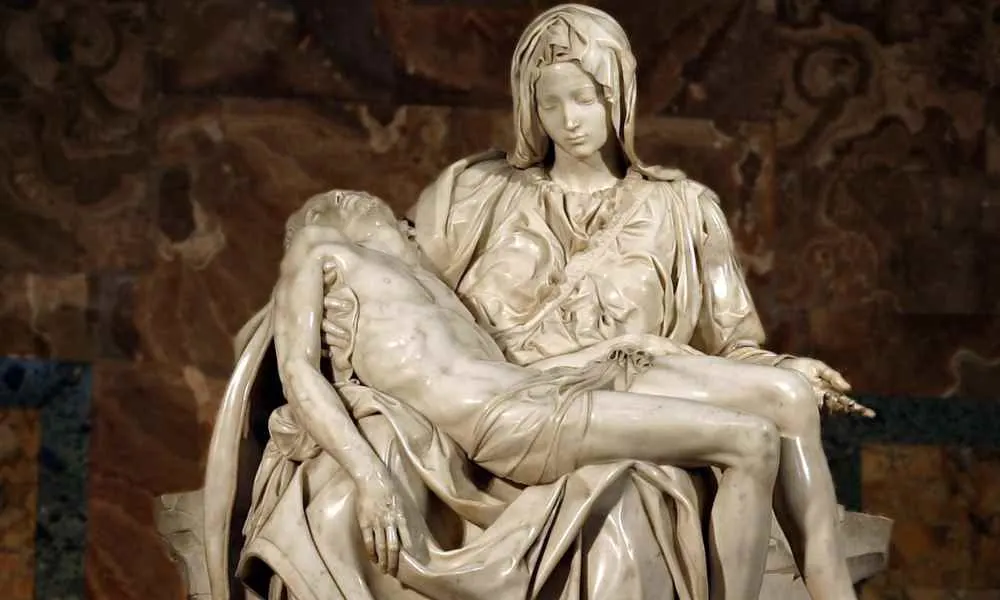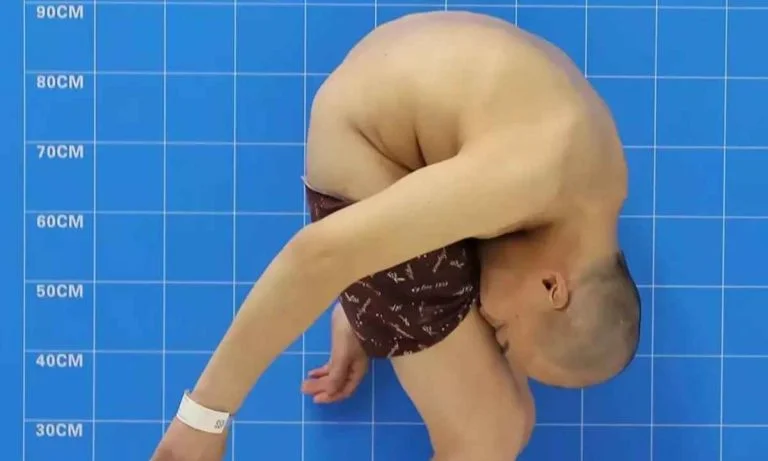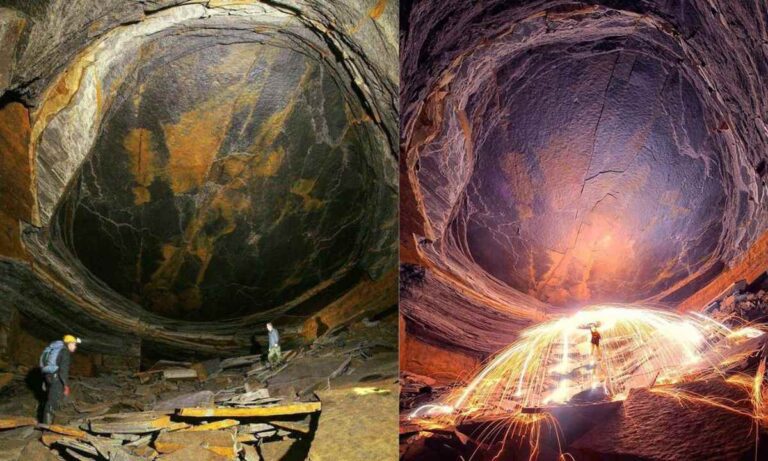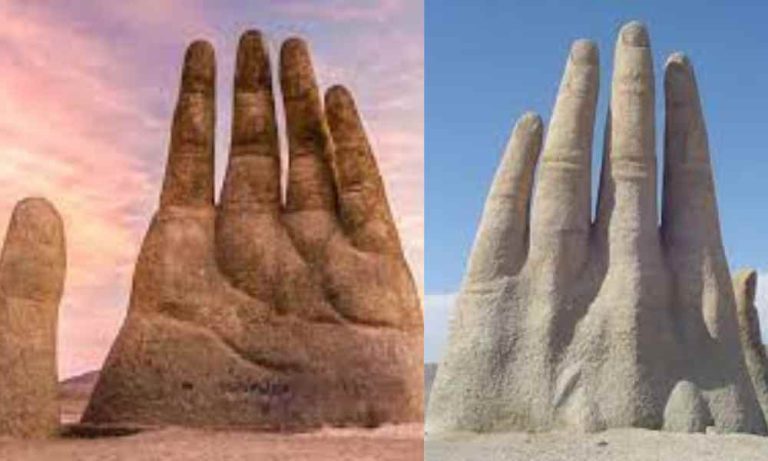Secrets of Michelangelo’s Pieta: The Statue Holds A Hidden Signature & There’s More To Mary’s Hold!
Michelangelo’s Pietà is a remarkable Renaissance sculpture. It captures the suffering of the Virgin Mary as she cradles the lifeless body of Jesus. Pietà is carved from a single slab of marble. It strikes viewers with its timeless emotion and intricate details. Surprisingly, the Pietà still remains as the only piece Michelangelo ever signed. Also, the proportions and expressions within the statue go beyond what you actually see. Secrets of Michelangelo’s Pieta will surely leave you surprised.
Pietà is different from other artistic works of the time as Michelangelo has infused Layers of hidden meanings and personal significance. Let’s have a closer look at the secrets and hidden meanings behind this iconic statue of Pietà.
Symbolism and Iconography
Michelangelo’s Pietà is rich in symbols that give the work deep layers of meaning beyond its surface beauty. In this Renaissance masterpiece, carved from a single block of marble, he presents a scene echoing Christian iconography.
With many elements, Michelangelo gives the Pietà a deep visual language that touches on themes of sacrifice, redemption, and maternal devotion.

Michelangelo’s Only Artwork Bearing His Name
Michelangelo’s Pietà stands out not only for its exquisite craftsmanship but also because it is the only sculpture that bears his signature. His decision to sign the Pietà followed an incident where it was mistakenly credited to another artist. In a bold display of authorship, his signature is on the sash running across the Virgin Mary’s chest.
At the age of 24, he masterfully carved this statue into the solid Carrara marble. He ensured that no other work could be wrongly attributed.
Michelangelo Signed Twice On It!
Michelangelo’s Pietà bears the artist’s signature, not once, but twice. Traditionally, Renaissance artists rarely signed their works, but Michelangelo made an exception for this masterpiece. Apart from the first and the most visible signature, workers have found another one in Mary’s palm during its repair.
First Signature:
- Location: Across the Virgin Mary’s chest
- Form: Michelangelo Buonarroti, Florentine, Made This
- Reason: Motivated by pride and to ensure correct attribution
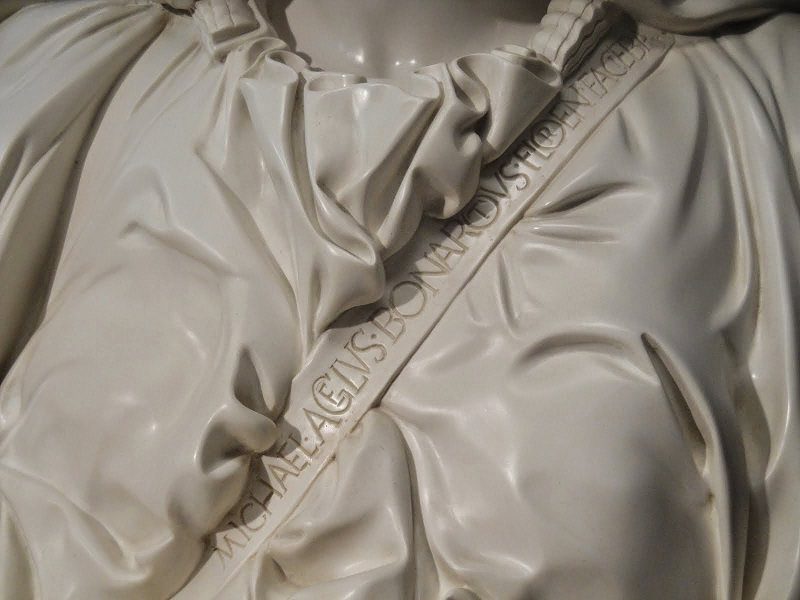
Second Signature:
- Location: The Virgin Mary’s left palm
- Form: The letter “M”
- Discovery: During a repair in the 1970s
The second mark—the letter “M”—was uncovered under centuries of buildup. It sparks discussions among art historians and restoration experts on whether this represented another hidden message.
A French Cardinal Commissioned the Pietà for His Tomb
French Cardinal Jean de Billheres had a clear purpose in mind. He sought to leave a legacy within the walls of St. Peter’s Basilica, through a memorial for his own tomb.
Cardinal Jean assigned Michelangelo with an extraordinary commission. It is the creation of “the most beautiful work of marble in Rome.” A piece so immaculate that it would exceed the talents of any other artist. The cardinal’s request was not just for his own commemoration but also an honor to sacred craftsmanship.
Michelangelo’s image of the cardinal’s wishes is clear in every fold of drapery, the calm composure of Mary, and the peaceful expression of Christ.
Carved from a single slab of marble
Michelangelo’s Pietà holds the glory as it is sculpted from a single slab of Carrara marble. This remarkable doing shows his daring vision to extract such a complex and emotive work from a piece of stone.
The marble for the Pietà was selected from the renowned quarries of Carrara, Italy. It is a region famous for its pristine white stone with subtle blue-grey veining. Carrara marble has been the choice of sculptors since the days of Ancient Rome. They were valued for quality and workability.
At the young age of 23, Michelangelo transformed the solid block of marble into one of the most respected masterpieces.
The task required incredible precision since any mistake would be irreversible. Michelangelo had to carefully plan the removal of material, ensuring that the structural integrity stayed intact while achieving the details.
Tender Hold Represents Love and Comfort
Michelangelo’s Pietà captures a moment of profound closeness between Mary and Jesus. The sculpture shows a real sense of love and comfort through the tender embrace of Mary and her lifeless son. Historically, this artwork is not just a portrayal of Mary’s angelic features, but an image of the hope and comfort she extends to humanity.
Mary’s hands, gentle yet strong, support Jesus in her lap. One hand is poised beneath his body, suggesting not only her role in bearing him to the world but also her capacity to uplift others in their moments of suffering. The other hand, open and facing upward, symbolizes her receptivity to those seeking guidance and consolation.
The subtle calm carved upon Mary’s face offers a striking contrast to Jesus’s physical pain. It conveys a maternal comfort that exceeds the immediate sorrow. This has been a source of ease to many as a symbol of love and hope during times of loss.

Mary’s Body Much Larger Than Jesus’s
One of the striking features of Michelangelo’s Pietà is the significant size difference between the Virgin Mary and Jesus. This choice by Michelangelo is not merely an aesthetic one. It is deeply rooted in the theme of motherhood.
Mary’s body size is much larger than that of her son. It portrays a grown man across a woman’s lap. This disproportion is not immediately apparent to viewers as Mary’s larger-than-life figure is cloaked in richly draped fabric.
In making Mary larger, the sculpture communicates ultimate motherhood. A sense of security and the capability of the mother to cocoon and protect her son.
Different From The Traditional Depiction Of The Virgin Mary
Michelangelo’s Pietà breaks from tradition with its youthful image of the Virgin Mary. Historically, Mary is often depicted as resembling the age she would have been at the time of Christ’s crucifixion. However, in this masterpiece, Mary appears to be a woman in her youth.
This symbolizes the Virgin Mary as a timelessly pure figure.
Jesus’s Foot Resting Beside A Severed Branch
There is a notable detail is Jesus’s left foot. The foot is resting beside a severed branch. This subtle yet significant feature carries a deep symbolic meaning. It hints at the Messiah’s line and fulfillment of Old Testament prophecy.
The placement of the branch in proximity to Jesus’ foot has a theological implication. It suggests that Jesus, often referred to as the New Adam, emerged from the line of the Branch. A term used by the prophets to mean the coming Jewish Messiah. Moreover, the severed element of the branch gives the idea of Jesus’ sacrifice.
The origin of Jesus of Nazareth as documented in Matthew 1:1-16 emphasizes his roots in the line of David. In essence, the branch acts as a visual metaphor, backing the belief that Jesus is indeed the prophesied fruit of the tree, sprung from the ancient roots of David.
The Pietà was brutally attacked
On May 21, 1972, Michelangelo’s sculpture, the Pietà, suffered a violent attack that shocked the world. A man named Laszlo Toth, an Australian geologist of Hungarian origin, vaulted the security walls in St. Peter’s Basilica and launched an attack on the masterpiece.
With 15 hammer blows, Toth inflicted considerable damage to the nearly 500-year-old work, including the Virgin Mary’s arm and nose. People were left in disbelief as pieces of the iconic statue lay scattered on the Basilica floor.
The attack ignited an immediate response for the preservation of the Pietà.
The aftermath of the attack led to the Pietà being held in bulletproof glass.
Statue Of Pieta History
Michelangelo’s Pietà stands as a masterpiece of the Renaissance era. Sculpted in 1498-1499, this profound work represents the body of Jesus on the lap of his mother Mary after the Crucifixion. It is notable that Michelangelo completed this magnificent sculpture before he reached the age of 25.
The Pietà was originally commissioned by the French Cardinal Jean de Bilheres for his funeral monument. Today, it resides in Saint Peter’s Basilica in Vatican City, attracting countless visitors each year. The statue’s name “Pietà” translates to “Pity” or “Compassion”, capturing Mary’s sorrow and suffering.
Michelangelo chose Carrara marble for this iconic statue—a material valued for its purity and durability.
| Year Event | |
| 1498-1499 Creation of the Pietà by Michelangelo | |
| 1972 Vandalism and subsequent restoration |
Conservation and Restoration
Michelangelo’s renowned Pietà Bandini, sculpted between 1547 and 1555, has undergone various conservation and restoration efforts over the centuries.
The latest restoration effort was completed after two years, a project funded by the American non-profit Friends of Florence. The process faced interruption due to COVID-19 restrictions, but the conservation involved conservative techniques, respecting the original material and historical integrity of the work.
Throughout the restoration, conservators conducted an in-depth study of the artwork’s condition, revealing insights into Michelangelo’s creative process. Researchers utilized non-invasive techniques to analyze layers of history, identifying and removing centuries of grime and previous restorative materials.
- Discovery: In the course of the recent conservation work, a new understanding of Michelangelo’s approach to sculpting was gained.
- Conservation Practices: Specialists utilized microscopic analysis and ultraviolet light to refine their restoration techniques, ensuring the Pietà’s preservation for future generations.
The Pietà Bandini not only showcases Michelangelo’s mastery but also represents a focal point of ongoing research and conservation practices. Caretakers of this significant piece remain dedicated to maintaining its structural and aesthetic integrity through these restorative efforts.
Conclusion
Michelangelo’s Pietà holds a distinguished place in the realm of art, notable for its beauty and precision. This white marble sculpture, created between 1498 and 1499, depicts a sorrowful yet serene Virgin Mary cradling the lifeless body of Jesus. It’s a work that showcases Michelangelo’s mastery of the medium, his deep understanding of human anatomy, and his ability to imbue stone with emotion. The Pietà is the only work Michelangelo ever signed.
Also read,

